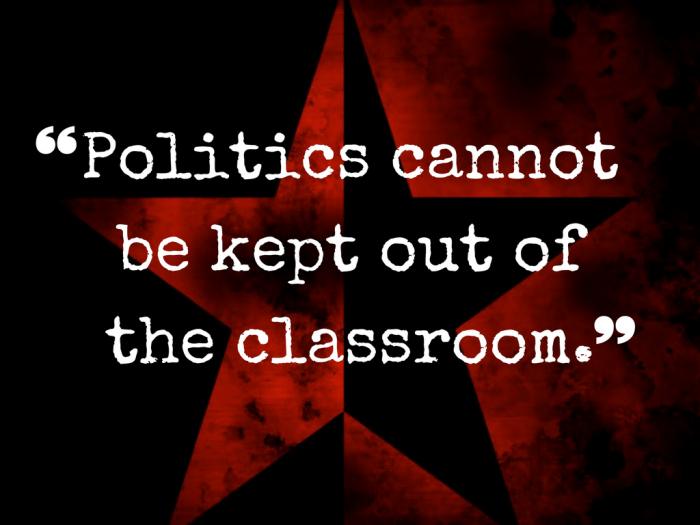As educators of low-income and students of color, many of us feel helpless as to what to do in response to the hate and xenophobia that currently dominates political discourse. Our students are immigrants and children of immigrants, as many of us are as well. While we already mitigate on a daily basis the multiple forms of violence that assault our students (economic, psychological, sexual and physical), we now must help alleviate students’ legitimate fears of what the consequences of Trump’s administration will have in their lives. How do we as educators take concrete actions that not only resist the political climate but also counter the fear that disrupts our aim to provide our students with the quality education they deserve?
Numerous cities, school districts and universities have declared themselves to be “sanctuaries” or safe havens for targeted populations, despite Trump’s threat to punish cities that do not cooperate with immigration officials. Sanctuary spaces commit to limited or non-cooperation with immigration authorities in order to provide access without fear. Educators must go even further, and not only declare, but actively create sanctuary classroom spaces.
A sanctuary classroom is a space where students and teachers feel safe physically and psychologically from the continual assaults of daily life. In a society that looks to build walls and create lists of immigrants to deport or detain, in school systems where students’ bodies are regulated by bells and dress codes and security guards, a sanctuary classroom must create a space that rejects carceral practices in favor of those that care for and support all.
In a sanctuary classroom, the student voice is heard and respected—regardless of whether that voice is in disagreement with teachers or administrators. This means also honoring students’ silences.
In a sanctuary classroom, the manifestations of student resistance are not perceived as a threat to “law and order” but recognized as a legitimate expression of students’ feelings. Participation can take various forms: the talkative extrovert is valued and allowed to express herself as much as the sensitive, quiet introvert, who is given the space to think.
In a sanctuary classroom, students are allowed to get up freely as they would in any other context, without having their very movement regulated to the point of almost confinement.
In a sanctuary classroom, students and teachers oppose fear and hate by creating space for joy and celebration. Some days the celebrations are large—birthdays, anniversaries, graduations. Other days all that can be celebrated is making it through another day. Yet each act of joy and celebration is a strike against a discourse that looks to brutalize and inspire fear.
Politics cannot be kept out of the classroom. In witnessing our students’ as well as our own friends and family members battle with the risks of arrest, deportation and the daily struggle to survive, our very existence is already politicized. A sanctuary classroom requires that educators consciously resist the role prescribed to us as policers and enforcers. Every minute of every day we must look for ways to transform the classroom space into a sanctuary of joy and encouragement for our students and for ourselves.
***
Rosemary Hendriks is a high school teacher and PhD student at Claremont Graduate University.



